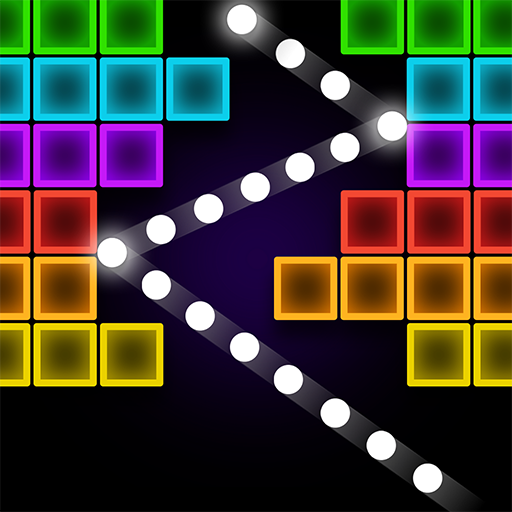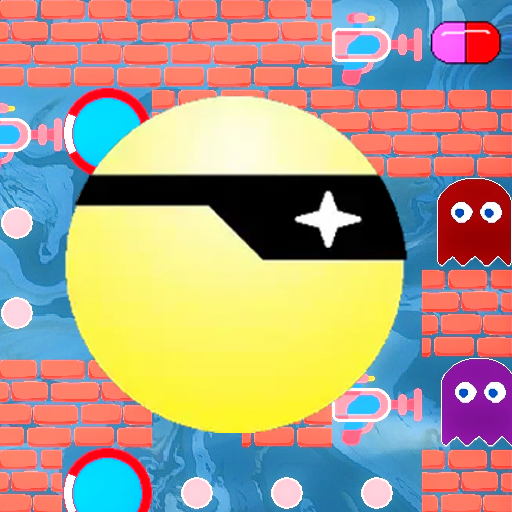"Nintendo Consoles: Complete Release Date Timeline"
Nintendo stands as a titan in the world of video games, renowned for its groundbreaking creativity and innovation in home consoles. With a rich history spanning decades, the company's beloved IPs continue to captivate fans, and with exciting new titles on the horizon, Nintendo shows no signs of slowing down. As the anticipation builds for the newly announced Nintendo Switch 2, let's take a nostalgic journey through Nintendo's illustrious history of console releases.
Below, we've curated a comprehensive list of every console Nintendo has ever released. Explore how each one has shaped the gaming landscape and propelled Nintendo's legacy forward!
AnswerSee Results*Looking to save on a new Nintendo Switch or new titles for your system? Be sure to check out the best Nintendo deals available today.*How Many Nintendo Consoles Have There Been?
In total, 32 Nintendo consoles have graced the market throughout the company's history. The upcoming Switch 2 will mark the 33rd entry. This count includes both home and handheld consoles, along with various revision models such as XL and Mini editions.
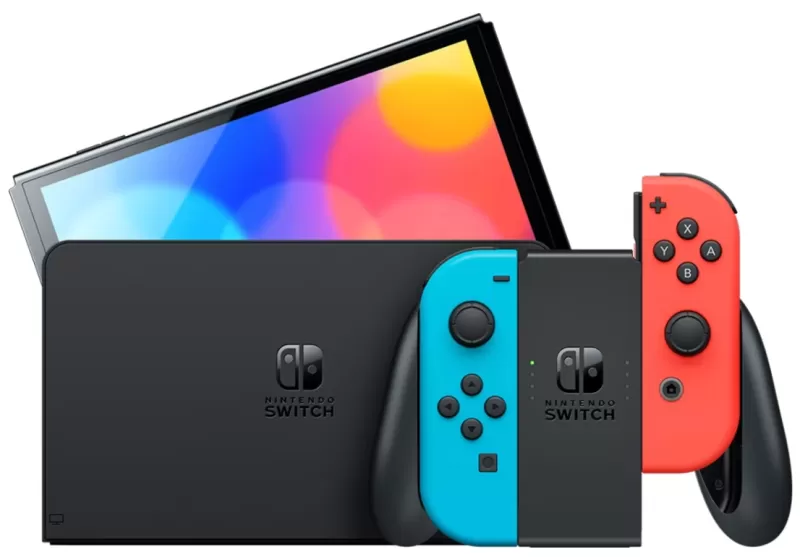 Latest Model### Nintendo Switch OLED (Neon Blue & Red)
Latest Model### Nintendo Switch OLED (Neon Blue & Red)
4See it at AmazonEvery Nintendo Console in Order of Release
Color TV-Game - June 1, 1977
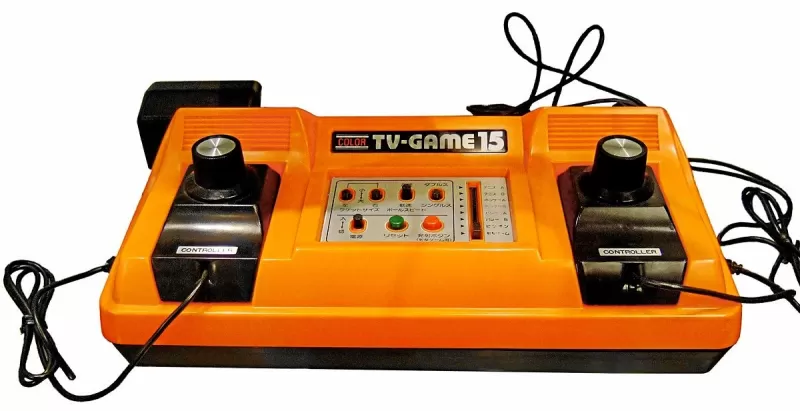 Nintendo's first venture into gaming hardware was the Color TV-Game series, developed in collaboration with Mitsubishi Electronics due to Nintendo's initial inexperience with hardware. These systems were a commercial success, paving the way for Nintendo's future in gaming. Even nearly 50 years later, the influence of the Color TV-Game is evident in Nintendo's ongoing dedication to gaming innovation.
Nintendo's first venture into gaming hardware was the Color TV-Game series, developed in collaboration with Mitsubishi Electronics due to Nintendo's initial inexperience with hardware. These systems were a commercial success, paving the way for Nintendo's future in gaming. Even nearly 50 years later, the influence of the Color TV-Game is evident in Nintendo's ongoing dedication to gaming innovation.
Game & Watch - April 28, 1980
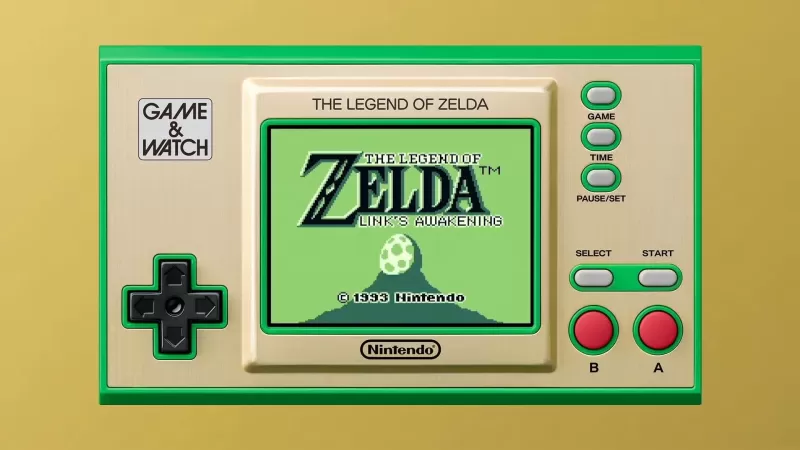 Marking Nintendo's entry into the handheld market, the Game & Watch series offered unique, individual games per device. Selling over 40 million units worldwide, these devices introduced innovations like the D-Pad, seen first in the Donkey Kong Game & Watch. Their legacy was recently celebrated with limited edition releases in 2020 and 2021 for Mario and Zelda anniversaries.
Marking Nintendo's entry into the handheld market, the Game & Watch series offered unique, individual games per device. Selling over 40 million units worldwide, these devices introduced innovations like the D-Pad, seen first in the Donkey Kong Game & Watch. Their legacy was recently celebrated with limited edition releases in 2020 and 2021 for Mario and Zelda anniversaries.
Nintendo Entertainment System - October 18, 1985
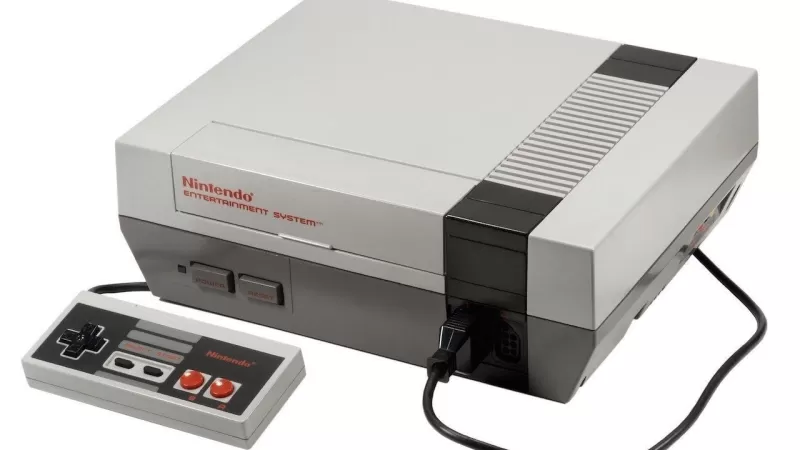 Known as the Famicom in Japan, the Nintendo Entertainment System (NES) revolutionized home gaming in North America with its cartridge system, allowing players to expand their game libraries. This console birthed iconic franchises such as Super Mario, The Legend of Zelda, and Metroid, cementing its place as a cornerstone in video game history.
Known as the Famicom in Japan, the Nintendo Entertainment System (NES) revolutionized home gaming in North America with its cartridge system, allowing players to expand their game libraries. This console birthed iconic franchises such as Super Mario, The Legend of Zelda, and Metroid, cementing its place as a cornerstone in video game history.
Game Boy - July 31, 1989
 Launching in North America in the summer of 1989, the Game Boy was Nintendo's first true handheld console, advancing from the Game & Watch by introducing game cartridges. Its bundled game, Tetris, became a cultural phenomenon, enhancing the console's widespread appeal.
Launching in North America in the summer of 1989, the Game Boy was Nintendo's first true handheld console, advancing from the Game & Watch by introducing game cartridges. Its bundled game, Tetris, became a cultural phenomenon, enhancing the console's widespread appeal.
Super Nintendo Entertainment System - August 23, 1991
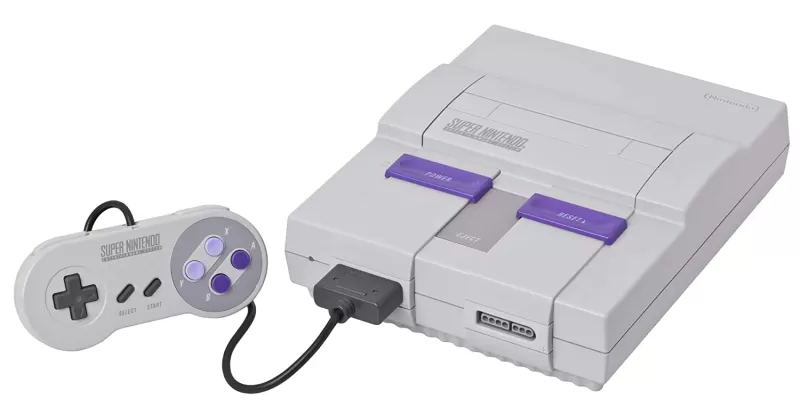 With the introduction of 16-bit graphics, the Super Nintendo Entertainment System (SNES) marked a significant leap forward. It showcased evolutions in Nintendo's major series with titles like Super Mario World and Donkey Kong Country. Despite a later launch in the console generation, the SNES dominated sales thanks to its stellar game lineup and wide appeal.
With the introduction of 16-bit graphics, the Super Nintendo Entertainment System (SNES) marked a significant leap forward. It showcased evolutions in Nintendo's major series with titles like Super Mario World and Donkey Kong Country. Despite a later launch in the console generation, the SNES dominated sales thanks to its stellar game lineup and wide appeal.
Virtual Boy - August 14, 1995
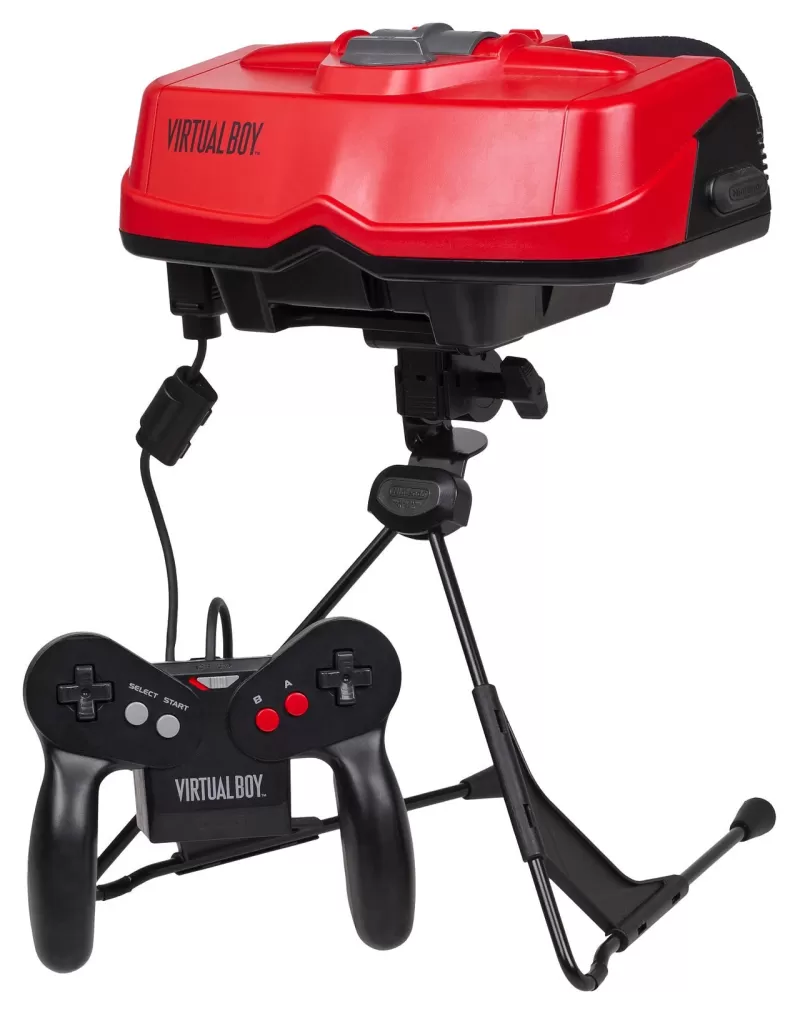 Perhaps Nintendo's most unconventional console, the Virtual Boy was the first to offer 3D visuals without glasses. It had a short-lived run with only 22 games released, including notable titles like Mario's Tennis and Virtual Boy Wario Land. Its brief market presence, selling just under 800,000 units, made it a unique chapter in Nintendo's history.
Perhaps Nintendo's most unconventional console, the Virtual Boy was the first to offer 3D visuals without glasses. It had a short-lived run with only 22 games released, including notable titles like Mario's Tennis and Virtual Boy Wario Land. Its brief market presence, selling just under 800,000 units, made it a unique chapter in Nintendo's history.
Game Boy Pocket - September 3, 1996
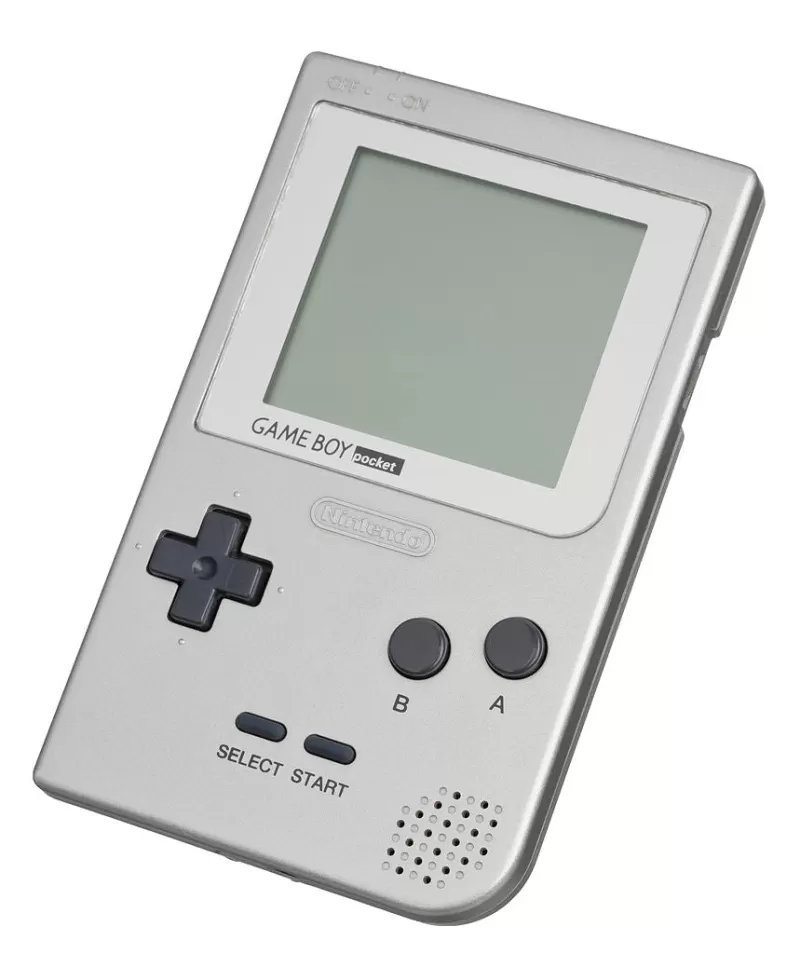 A smaller, sleeker version of the original Game Boy, the Game Boy Pocket introduced a black-and-white screen and improved hardware for better display response times. Although its smaller size reduced battery life compared to its predecessor, it was a popular choice among gamers.
A smaller, sleeker version of the original Game Boy, the Game Boy Pocket introduced a black-and-white screen and improved hardware for better display response times. Although its smaller size reduced battery life compared to its predecessor, it was a popular choice among gamers.
Nintendo 64 - September 29, 1996
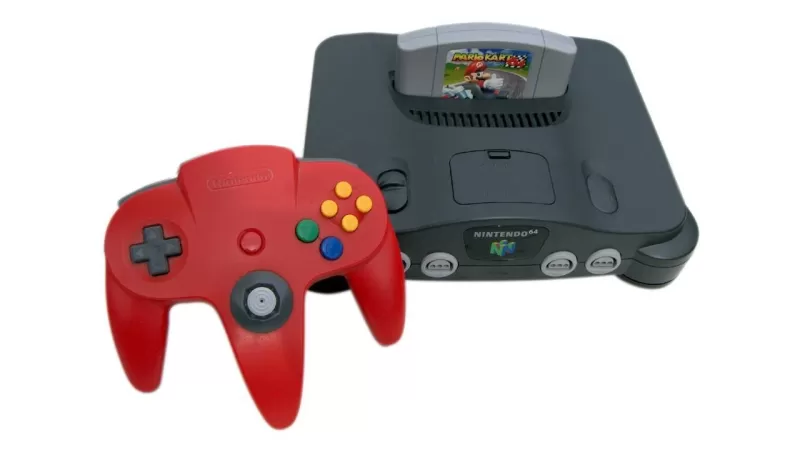 Introducing 3D graphics to Nintendo's home console lineup, the Nintendo 64 revolutionized gaming with titles like Super Mario 64 and The Legend of Zelda: Ocarina of Time. Its innovative controller featured the first analog stick, and various special editions, including translucent designs, added to its iconic status.
Introducing 3D graphics to Nintendo's home console lineup, the Nintendo 64 revolutionized gaming with titles like Super Mario 64 and The Legend of Zelda: Ocarina of Time. Its innovative controller featured the first analog stick, and various special editions, including translucent designs, added to its iconic status.
Game Boy Light - April 14, 1998
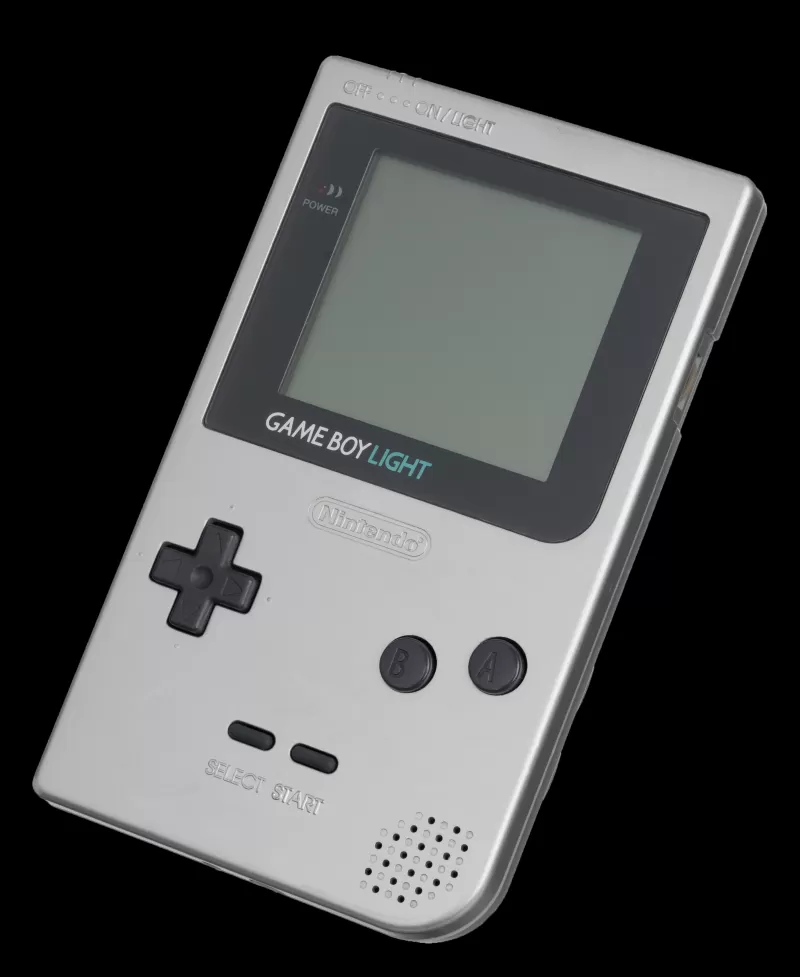 Exclusive to Japan, the Game Boy Light featured a larger design than the Game Boy Pocket but included a backlight for better visibility in low-light conditions. With an extended battery life of around 20 hours, it offered a comfortable gaming experience.
Exclusive to Japan, the Game Boy Light featured a larger design than the Game Boy Pocket but included a backlight for better visibility in low-light conditions. With an extended battery life of around 20 hours, it offered a comfortable gaming experience.
Game Boy Color - November 18, 1998
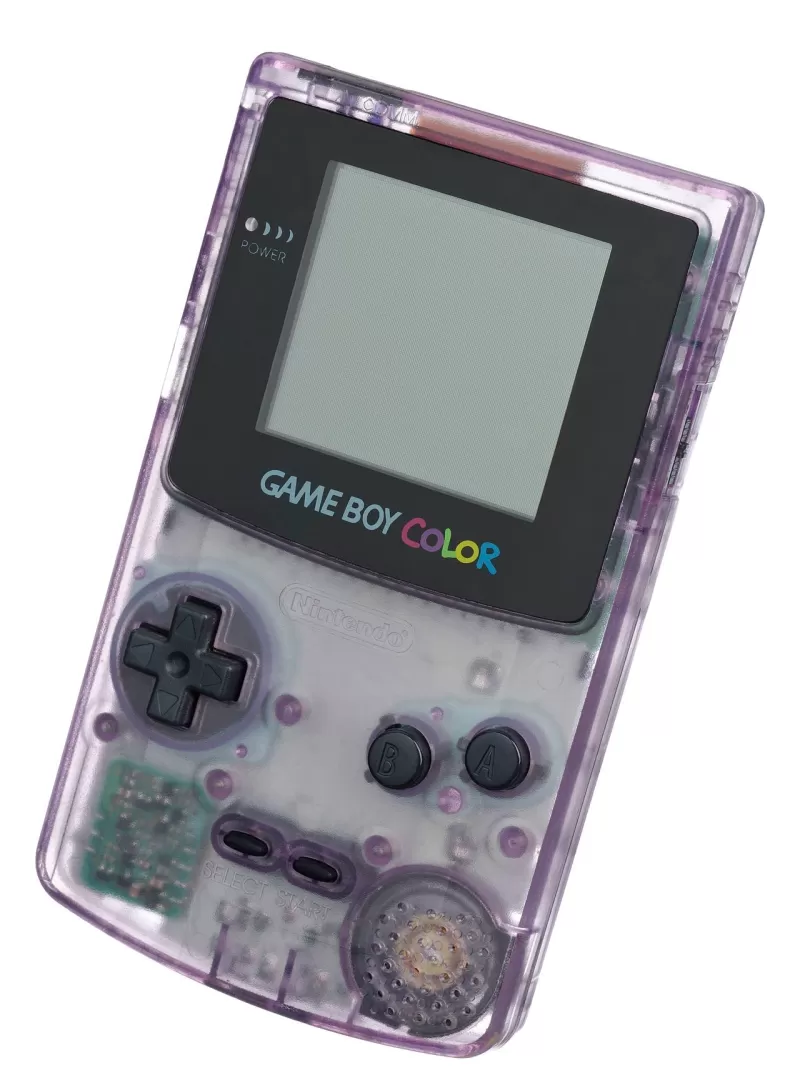 Introducing color to the Game Boy line, the Game Boy Color was backward compatible with all Game Boy games and enhanced certain titles with vibrant colors. With new hardware, it saw the release of hundreds of exclusive games, expanding the handheld gaming experience.
Introducing color to the Game Boy line, the Game Boy Color was backward compatible with all Game Boy games and enhanced certain titles with vibrant colors. With new hardware, it saw the release of hundreds of exclusive games, expanding the handheld gaming experience.
Game Boy Advance - June 11, 2001
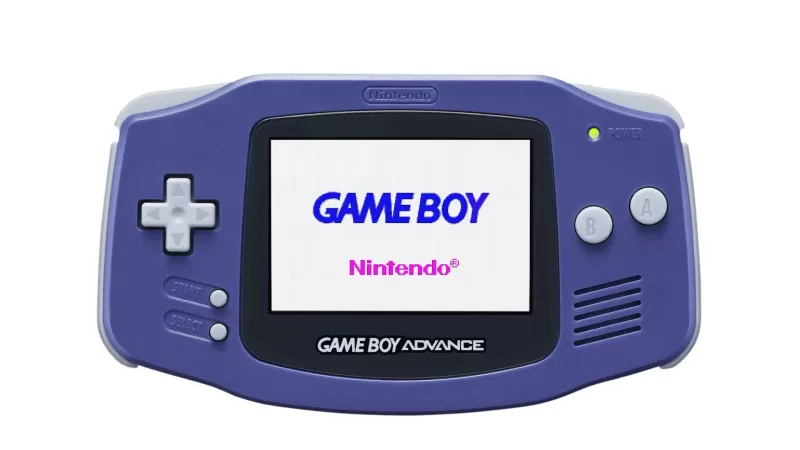 With its shift to a horizontal design and 16-bit graphics, the Game Boy Advance represented a significant technological leap. It maintained backward compatibility with Game Boy and Game Boy Color games, offering thousands of titles for players to enjoy.
With its shift to a horizontal design and 16-bit graphics, the Game Boy Advance represented a significant technological leap. It maintained backward compatibility with Game Boy and Game Boy Color games, offering thousands of titles for players to enjoy.
Pokémon mini - November 16, 2001
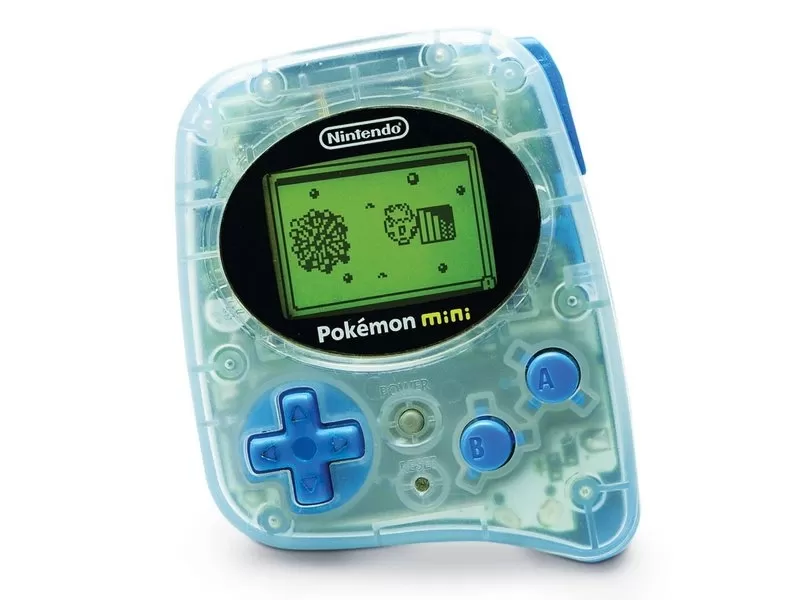
Nintendo GameCube - November 18, 2001
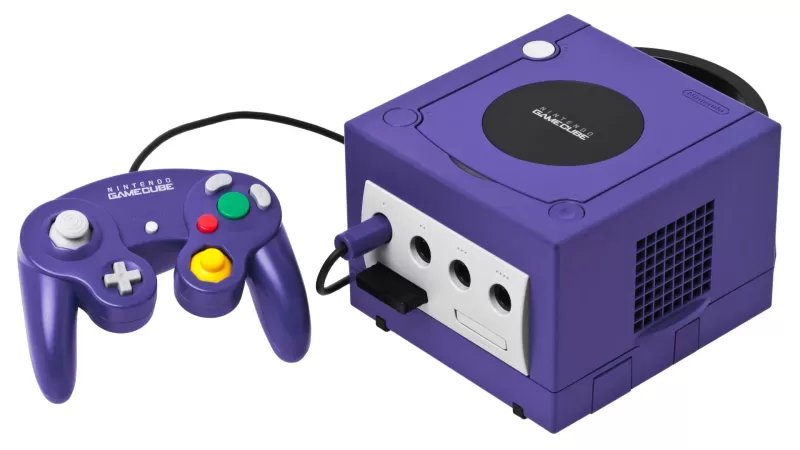 Building on the success of the Nintendo 64, the GameCube introduced sequels to beloved series and new franchises like Animal Crossing. It transitioned to optical discs and featured a redesigned controller with rumble and analog triggers, leaving a lasting impact on Nintendo's library.
Building on the success of the Nintendo 64, the GameCube introduced sequels to beloved series and new franchises like Animal Crossing. It transitioned to optical discs and featured a redesigned controller with rumble and analog triggers, leaving a lasting impact on Nintendo's library.
Panasonic Q - December 14, 2001
 A collaboration between Panasonic and Nintendo, the Panasonic Q combined a GameCube with a DVD player. Its sleek design and multi-functionality were appealing, but its high price and limited sales led to a short market life.
A collaboration between Panasonic and Nintendo, the Panasonic Q combined a GameCube with a DVD player. Its sleek design and multi-functionality were appealing, but its high price and limited sales led to a short market life.
Game Boy Advance SP - March 23, 2003
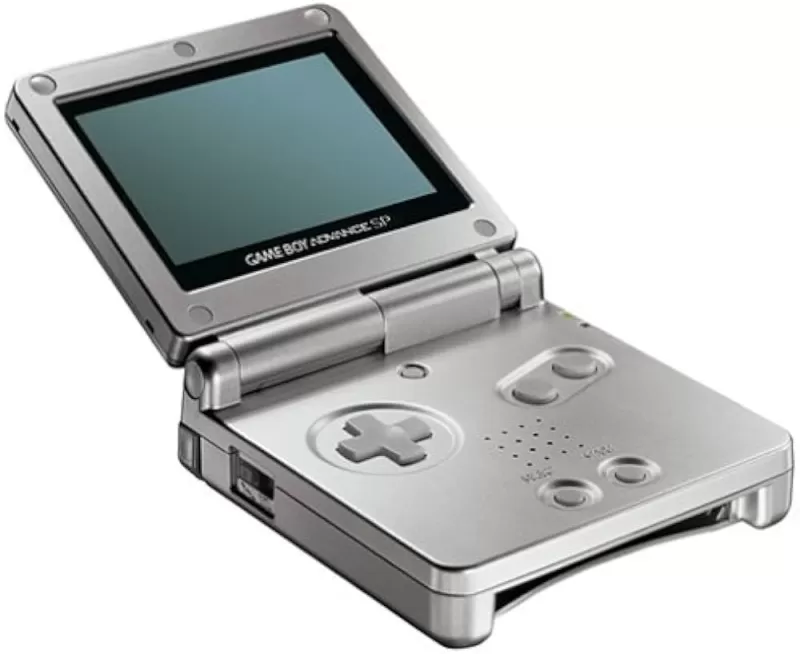 Featuring a hinge design that separated the screen and controls, the Game Boy Advance SP introduced a rechargeable battery and a backlit screen in later models. Despite omitting a headphone jack, it offered an adapter for audio, enhancing its user experience.
Featuring a hinge design that separated the screen and controls, the Game Boy Advance SP introduced a rechargeable battery and a backlit screen in later models. Despite omitting a headphone jack, it offered an adapter for audio, enhancing its user experience.
Nintendo DS - November 21, 2004
 Launching the best-selling DS line, the Nintendo DS introduced Wi-Fi connectivity and a dual-screen setup with a touchscreen. Its unique design and innovative gameplay experiences set a new standard for handheld gaming.
Launching the best-selling DS line, the Nintendo DS introduced Wi-Fi connectivity and a dual-screen setup with a touchscreen. Its unique design and innovative gameplay experiences set a new standard for handheld gaming.
Game Boy Micro - September 19, 2005
 Revealed at E3 2005, the Game Boy Micro impressed with its compact size and adjustable backlit screen. Backward compatible with Game Boy, Game Boy Color, and Game Boy Advance games, it offered a versatile gaming experience despite its short production run.
Revealed at E3 2005, the Game Boy Micro impressed with its compact size and adjustable backlit screen. Backward compatible with Game Boy, Game Boy Color, and Game Boy Advance games, it offered a versatile gaming experience despite its short production run.
Nintendo DS Lite - June 11, 2006
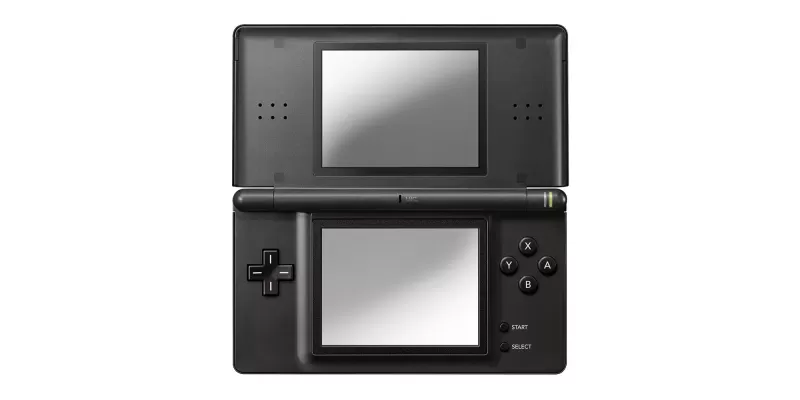 As the first revision of the Nintendo DS, the DS Lite was slimmer, lighter, and featured brighter screens. Its improved battery life made it an attractive option for gamers looking for a more portable and efficient gaming experience.
As the first revision of the Nintendo DS, the DS Lite was slimmer, lighter, and featured brighter screens. Its improved battery life made it an attractive option for gamers looking for a more portable and efficient gaming experience.
Nintendo Wii - November 19, 2006
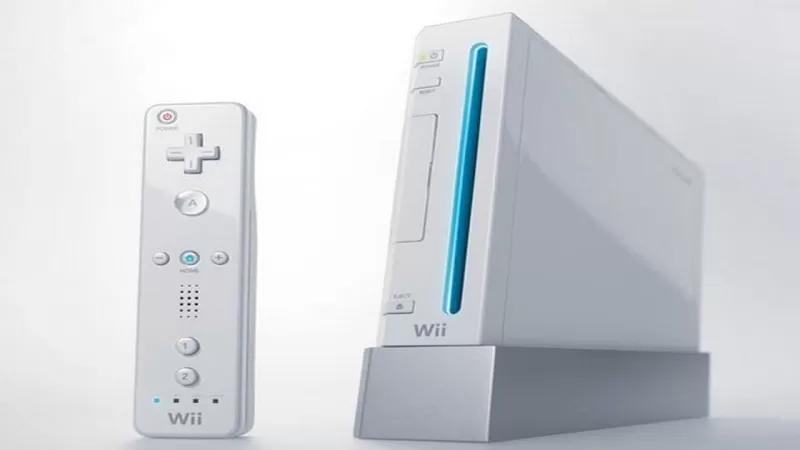 Revitalizing Nintendo's home console market, the Wii introduced motion controls with the Wii Remote, sparking widespread interest. Backward compatibility with GameCube games and the introduction of Virtual Console further enhanced its appeal, offering a diverse gaming library.
Revitalizing Nintendo's home console market, the Wii introduced motion controls with the Wii Remote, sparking widespread interest. Backward compatibility with GameCube games and the introduction of Virtual Console further enhanced its appeal, offering a diverse gaming library.
Nintendo DSi - November 1, 2008
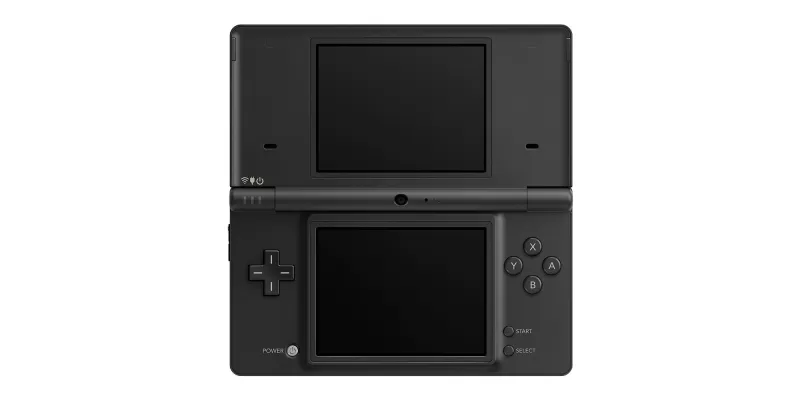 Adding cameras and an SD card slot, the Nintendo DSi evolved from the DS, though it removed the Game Boy Advance slot. Its focus on digital media and enhanced features made it a significant step in Nintendo's handheld evolution.
Adding cameras and an SD card slot, the Nintendo DSi evolved from the DS, though it removed the Game Boy Advance slot. Its focus on digital media and enhanced features made it a significant step in Nintendo's handheld evolution.
Nintendo DSi XL - November 21, 2009
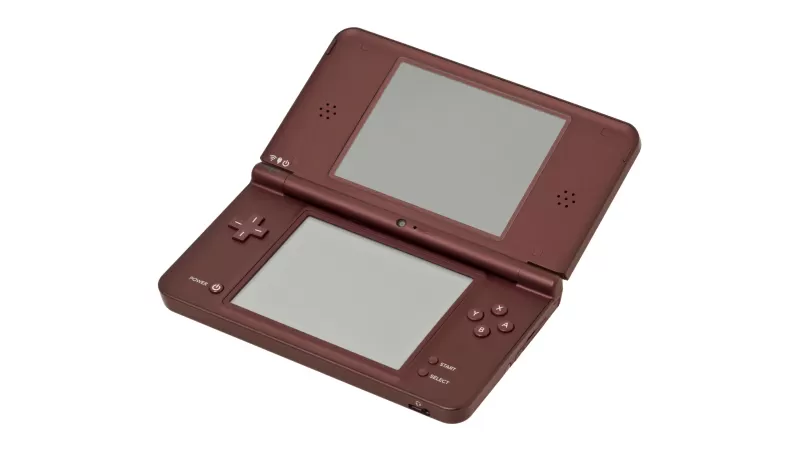 With larger screens and improved sound, the Nintendo DSi XL offered an enhanced gaming experience. Its bigger battery and clearer visuals made it a popular choice for gamers seeking comfort and clarity.
With larger screens and improved sound, the Nintendo DSi XL offered an enhanced gaming experience. Its bigger battery and clearer visuals made it a popular choice for gamers seeking comfort and clarity.
Nintendo 3DS - March 27, 2011
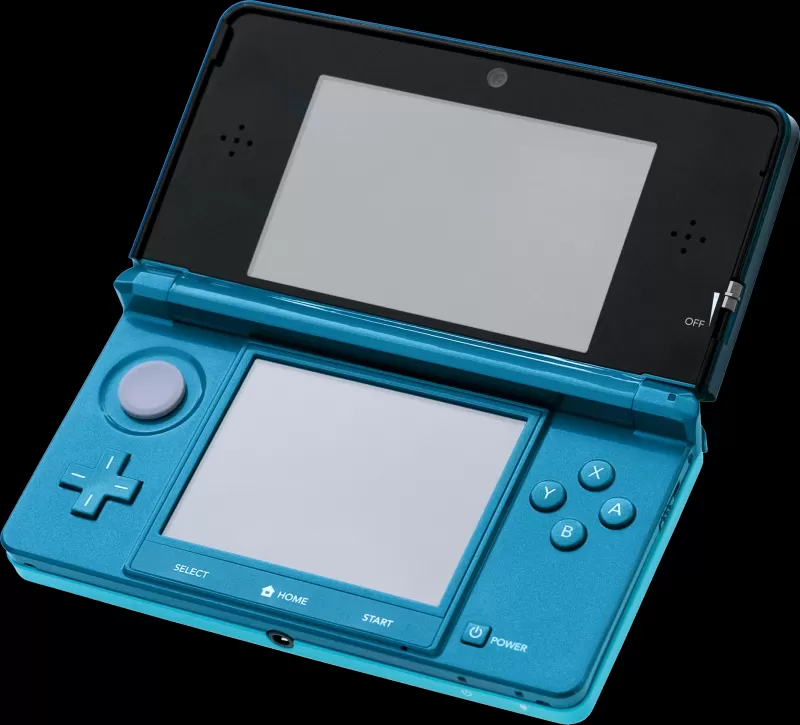 Introducing stereoscopic 3D without glasses, the Nintendo 3DS offered a range of new features and games. Titles like The Legend of Zelda: A Link Between Worlds and Super Mario 3D Land showcased its capabilities, building on the legacy of the DS.
Introducing stereoscopic 3D without glasses, the Nintendo 3DS offered a range of new features and games. Titles like The Legend of Zelda: A Link Between Worlds and Super Mario 3D Land showcased its capabilities, building on the legacy of the DS.
Nintendo 3DS XL - August 19, 2012
 With screens 90% larger than the original 3DS, the 3DS XL provided an immersive gaming experience. Retaining all features of the standard model, it offered enhanced visibility and gameplay comfort.
With screens 90% larger than the original 3DS, the 3DS XL provided an immersive gaming experience. Retaining all features of the standard model, it offered enhanced visibility and gameplay comfort.
Nintendo Wii U - November 18, 2012
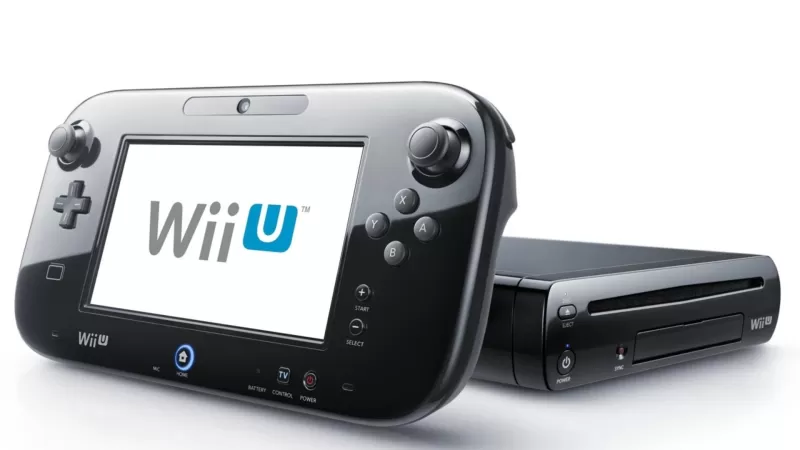 As the successor to the Wii, the Wii U introduced the GamePad controller with an integrated screen for off-TV play. Supporting HD graphics and a robust game library, the Wii U struggled with marketing and sales, setting the stage for the Nintendo Switch.
As the successor to the Wii, the Wii U introduced the GamePad controller with an integrated screen for off-TV play. Supporting HD graphics and a robust game library, the Wii U struggled with marketing and sales, setting the stage for the Nintendo Switch.
Nintendo Wii Mini - December 7, 2012
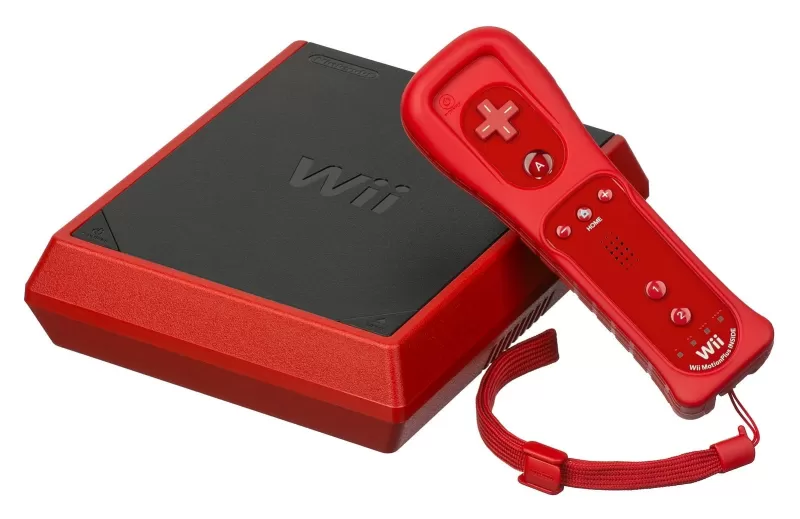 Launched at the end of the Wii's lifecycle, the Wii Mini was a smaller, lighter version without GameCube support or Wi-Fi connectivity. Its unique top-loading disc drive and reduced features targeted a budget-conscious audience.
Launched at the end of the Wii's lifecycle, the Wii Mini was a smaller, lighter version without GameCube support or Wi-Fi connectivity. Its unique top-loading disc drive and reduced features targeted a budget-conscious audience.
Nintendo 2DS - October 12, 2013
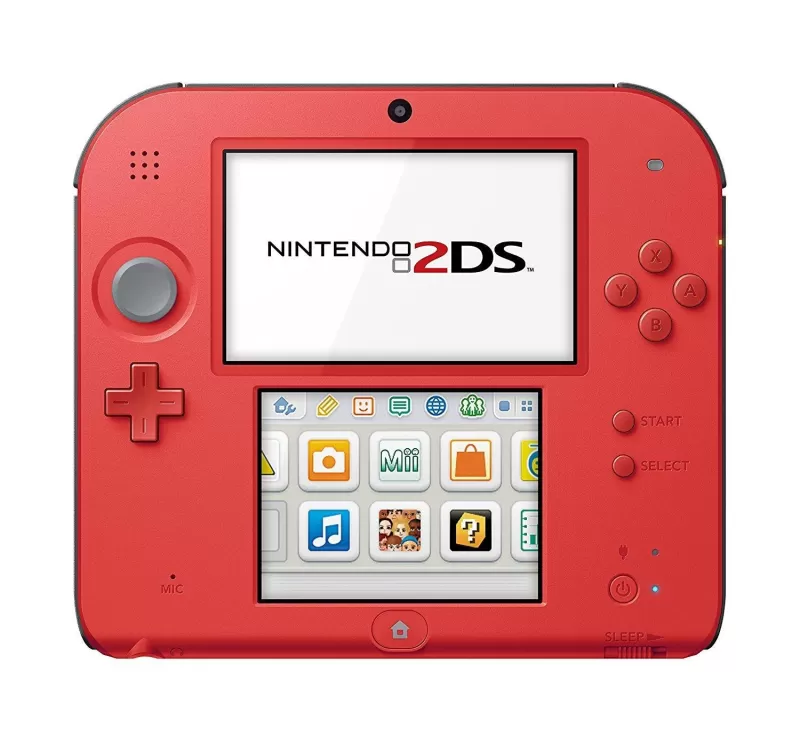 Offering 2D gaming at a lower price point, the Nintendo 2DS removed 3D capabilities and adopted a flat, square-like design. While it compromised on sound quality, it made gaming accessible to a broader audience.
Offering 2D gaming at a lower price point, the Nintendo 2DS removed 3D capabilities and adopted a flat, square-like design. While it compromised on sound quality, it made gaming accessible to a broader audience.
New Nintendo 3DS - October 11, 2014
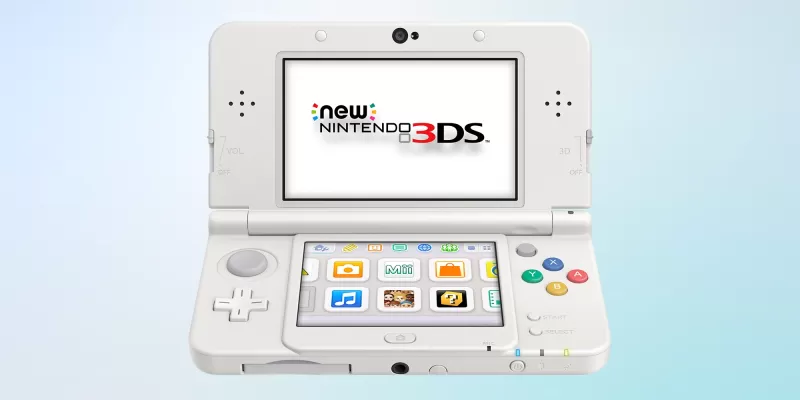 Enhancing the 3DS with new controls like the C-Stick and ZR/ZL buttons, the New Nintendo 3DS also added NFC support for amiibo. Its staggered release across regions highlighted its significant upgrades and new features.
Enhancing the 3DS with new controls like the C-Stick and ZR/ZL buttons, the New Nintendo 3DS also added NFC support for amiibo. Its staggered release across regions highlighted its significant upgrades and new features.
New Nintendo 3DS XL - February 13, 2015
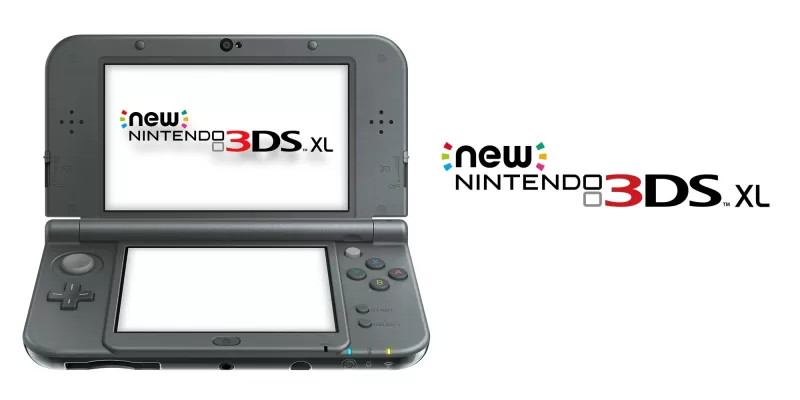 Released before the standard model in North America, the New Nintendo 3DS XL featured even larger screens and removed the face plate customization option. Special editions offered alternative customization opportunities, appealing to collectors.
Released before the standard model in North America, the New Nintendo 3DS XL featured even larger screens and removed the face plate customization option. Special editions offered alternative customization opportunities, appealing to collectors.
Nintendo Switch - March 3, 2017
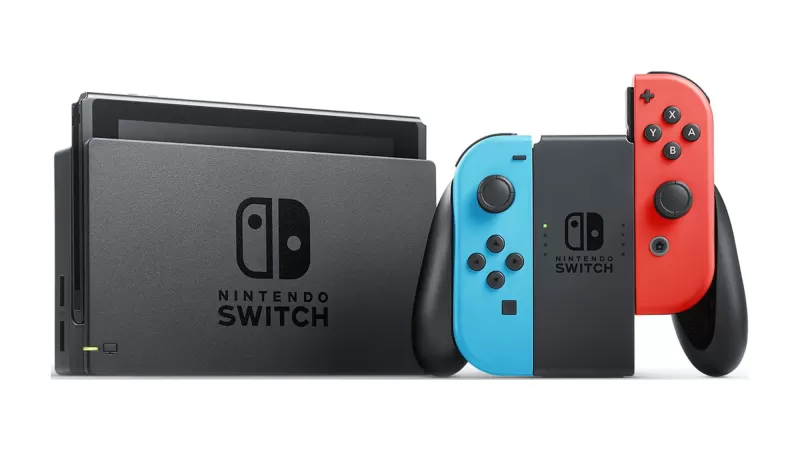 Combining the portability of a handheld with the power of a home console, the Nintendo Switch revolutionized gaming. With a stellar first-party library and various special editions, it quickly became a flagship product for Nintendo.
Combining the portability of a handheld with the power of a home console, the Nintendo Switch revolutionized gaming. With a stellar first-party library and various special editions, it quickly became a flagship product for Nintendo.
New Nintendo 2DS XL - July 28, 2017
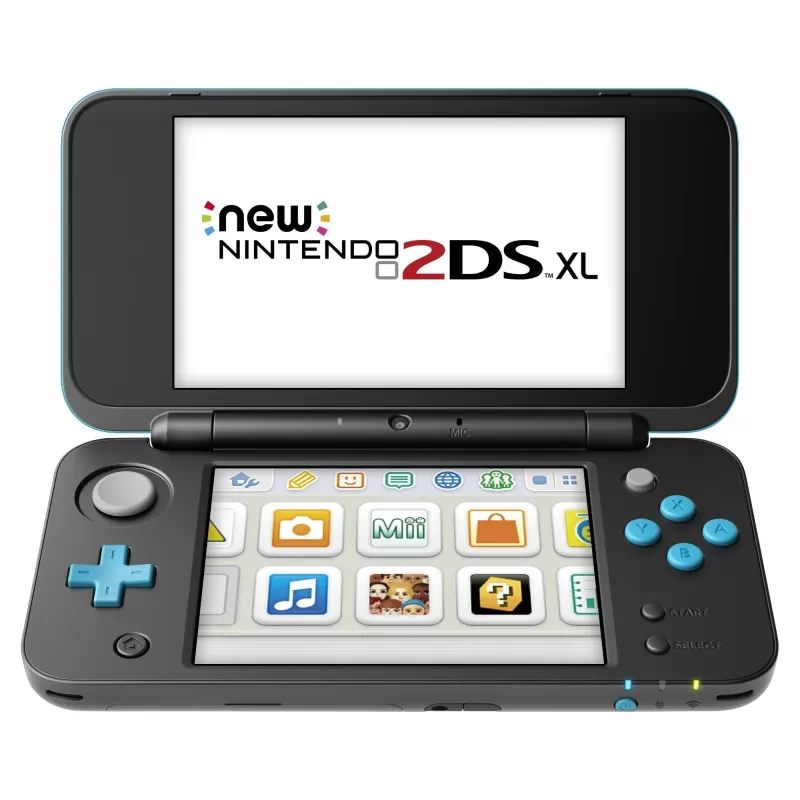 Upgrading the 2DS with an analog stick, shoulder buttons, and amiibo support, the New Nintendo 2DS XL returned to the clamshell design and could play New 3DS titles. It offered a cost-effective yet feature-rich gaming experience.
Upgrading the 2DS with an analog stick, shoulder buttons, and amiibo support, the New Nintendo 2DS XL returned to the clamshell design and could play New 3DS titles. It offered a cost-effective yet feature-rich gaming experience.
Nintendo Switch Lite - September 20, 2019
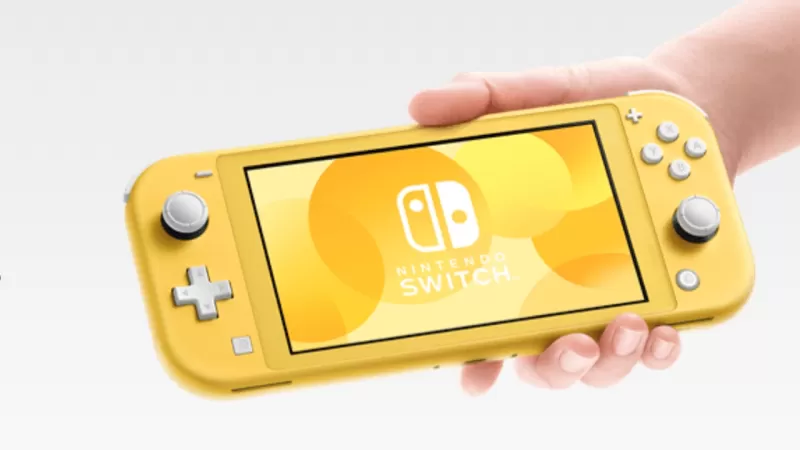 Designed solely for handheld play, the Nintendo Switch Lite featured a smaller body and built-in controls. Priced $100 less than the original, it targeted gamers looking for a more portable and affordable option.
Designed solely for handheld play, the Nintendo Switch Lite featured a smaller body and built-in controls. Priced $100 less than the original, it targeted gamers looking for a more portable and affordable option.
Nintendo Switch OLED model - October 8, 2021
 Debuting alongside Metroid Dread, the Nintendo Switch OLED model introduced a larger, premium OLED screen and enhanced speakers and kickstand. Its new dock with rounded corners and a built-in LAN port offered a refined gaming experience.
Debuting alongside Metroid Dread, the Nintendo Switch OLED model introduced a larger, premium OLED screen and enhanced speakers and kickstand. Its new dock with rounded corners and a built-in LAN port offered a refined gaming experience.
Upcoming Nintendo Consoles
Following years of speculation, Nintendo has officially unveiled the Nintendo Switch 2. The reveal trailer highlights a new Joy-Con attachment method, a larger screen, and an additional USB-C port. The possibility of using Joy-Con as a mouse and the inclusion of a new Mario Kart game with 24-player support are exciting prospects. The console promises to be "mostly" backward compatible, supporting both physical and digital games.Analysts suggest the Nintendo Switch 2 might be priced around $400. Based on the trailer, we've gathered all known details, but more information, including a release date, will be shared during a Nintendo Direct scheduled for April 2.
AnswerSee Results- 1 Silent Hill 2 Remake Confirms Xbox, Switch Release in 2025 Feb 08,2025
- 2 Connect Asus ROG Ally to TV or Monitor: Easy Guide Apr 06,2025
- 3 "Persona Games and Spin-Offs: Complete Chronological List" Apr 09,2025
- 4 Dragon Soul Tier List: Ultimate Guide May 12,2025
- 5 The Best Marvel Contest of Champions Tier List for 2025 Mar 19,2025
- 6 Fix 'Can't Connect to Host' Error in Ready or Not: Quick Solutions Jun 13,2025
- 7 Assassin's Creed Shadows: Max Level and Rank Cap Revealed Mar 27,2025
- 8 "Discover All Templar Locations in Assassin’s Creed Shadows - Spoiler Guide" Apr 04,2025
-
Top Arcade Classics and New Hits
A total of 10
-
Addictive Arcade Games for Mobile
A total of 10
-
Android Apps for Video Content Creation
A total of 10










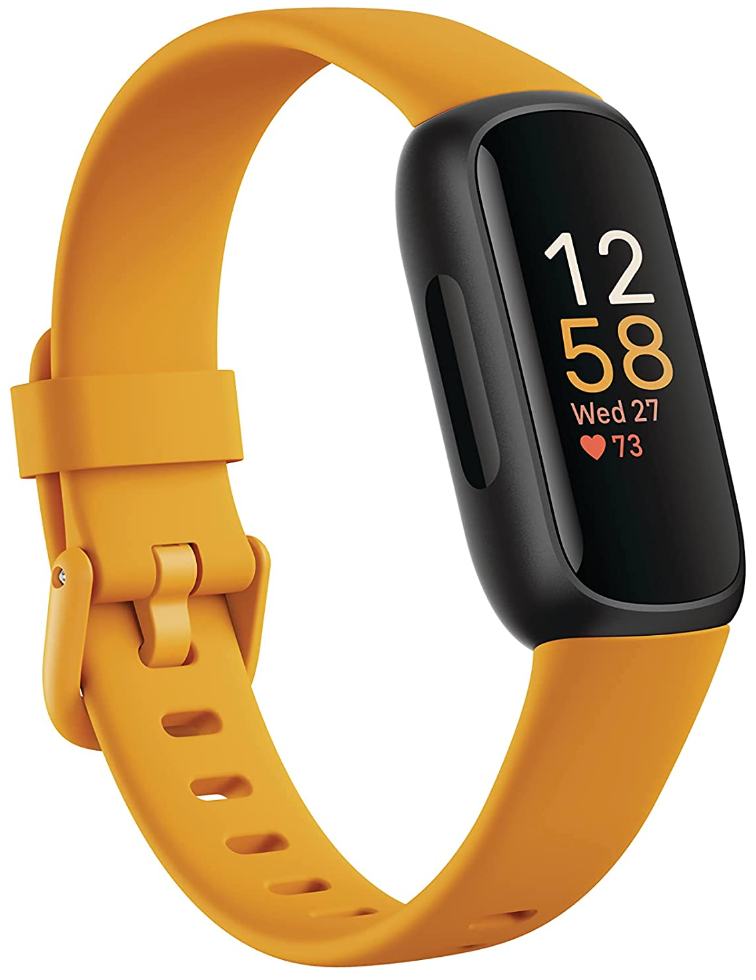

![Roblox Forsaken Characters Tier List [UPDATED] (2025)](https://img.actcv.com/uploads/18/17380116246797f3e8a8a39.jpg)






